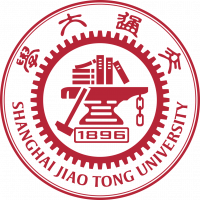分享到
Managing Interfacial Hot‐Carrier Cooling and Extraction Kinetics for Inverted Ma‐Free Perovskite Solar Cells Over 23% Efficiency via Dion–Jacobson 2D Capping Layer
2023
期刊
Advanced Functional Materials
作者
Yiting Zheng
· Xueyun Wu
· Rongshan Zhuang
· Congcong Tian
· Anxin Sun
· Chen Tang
· Yuan Liu
· Yong Hua
· Chun-Chao Chen
- 卷 33
- 期 25
- Wiley
- ISSN: 1616-301X
- DOI: 10.1002/adfm.202300576



